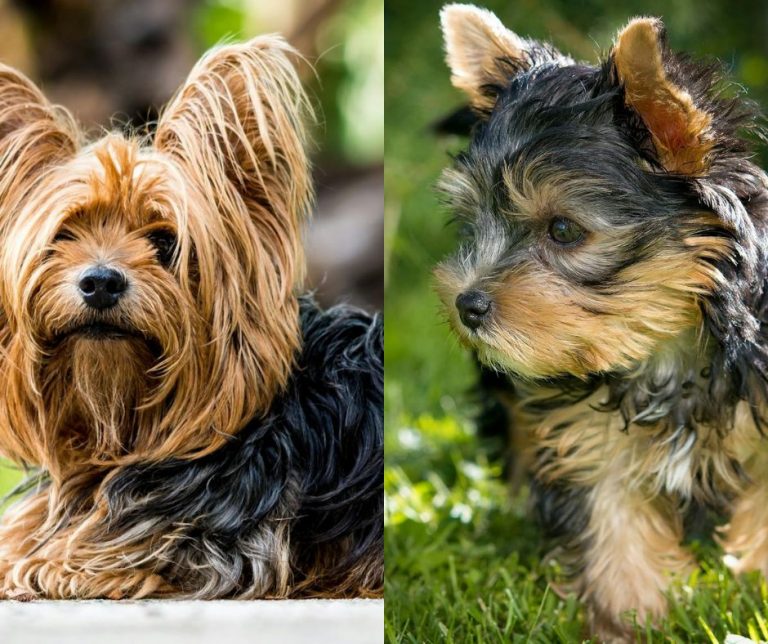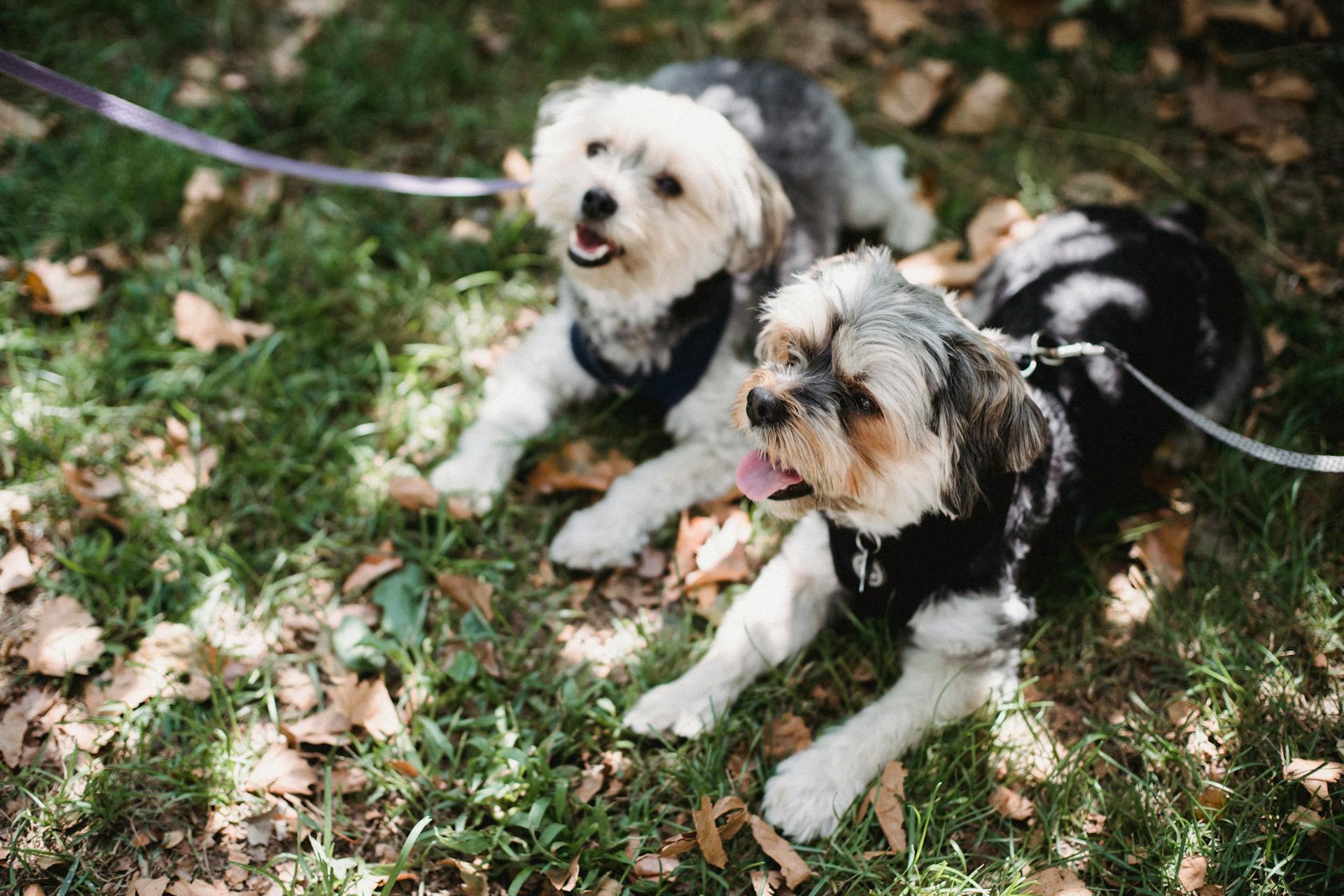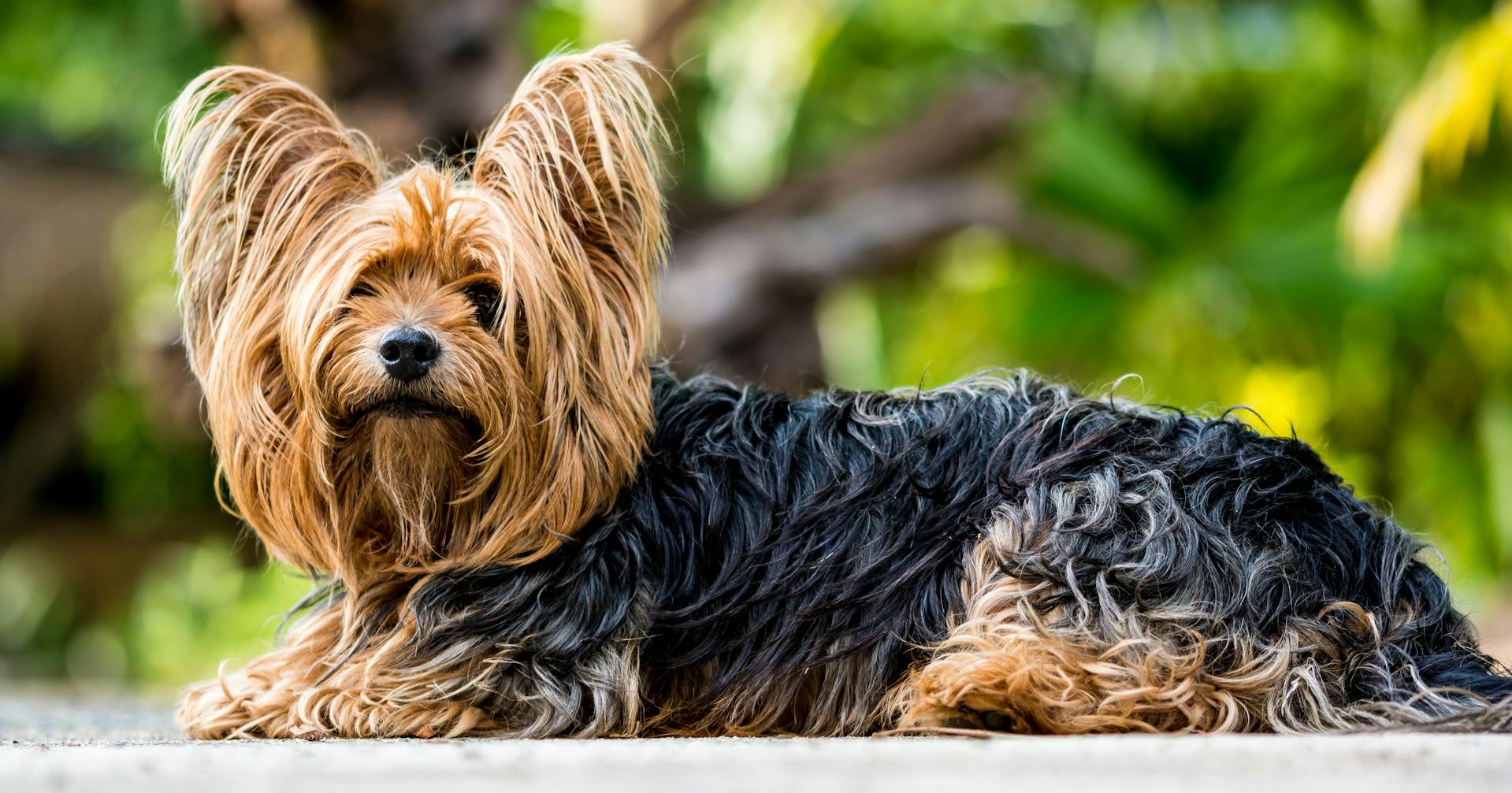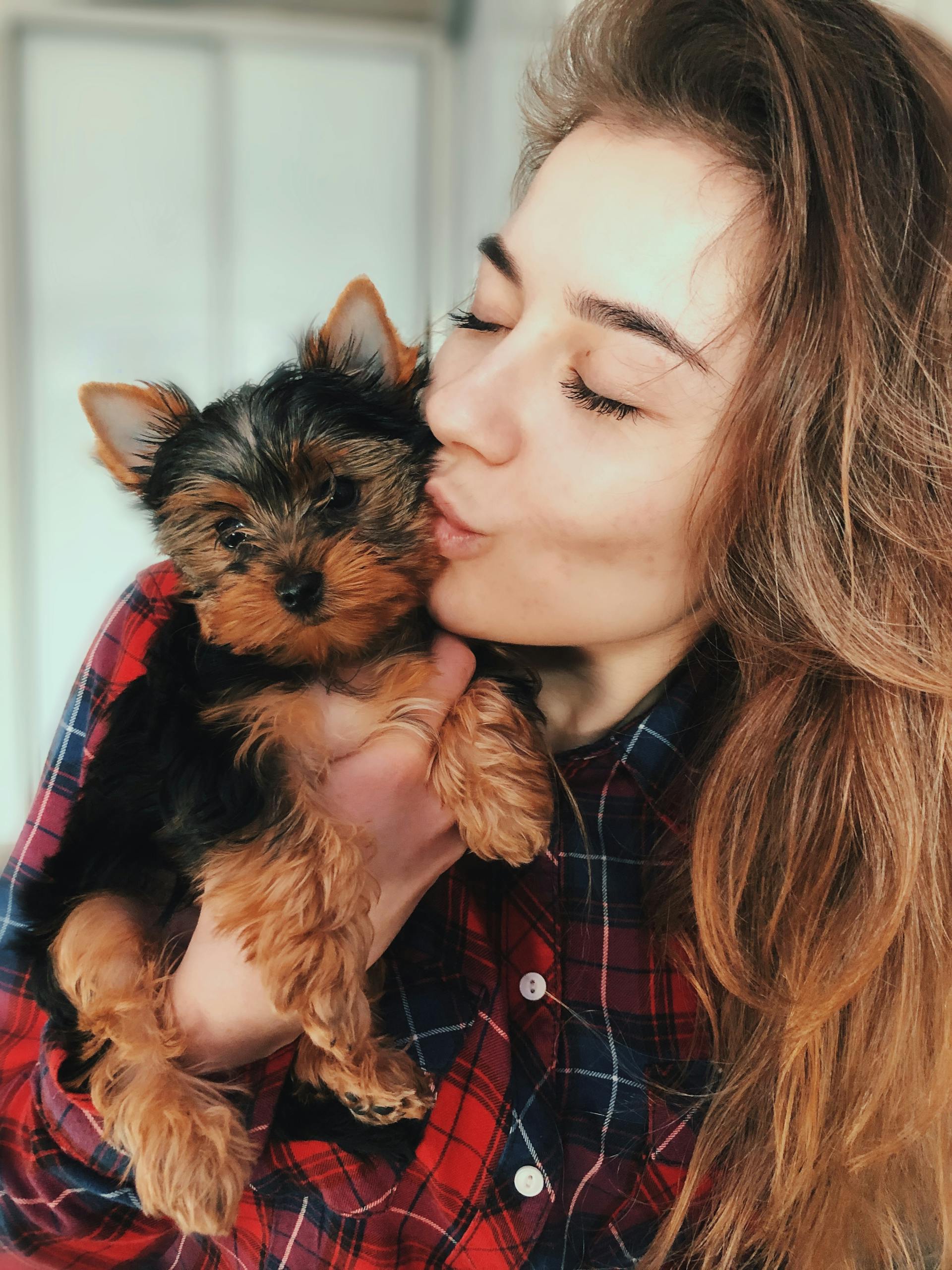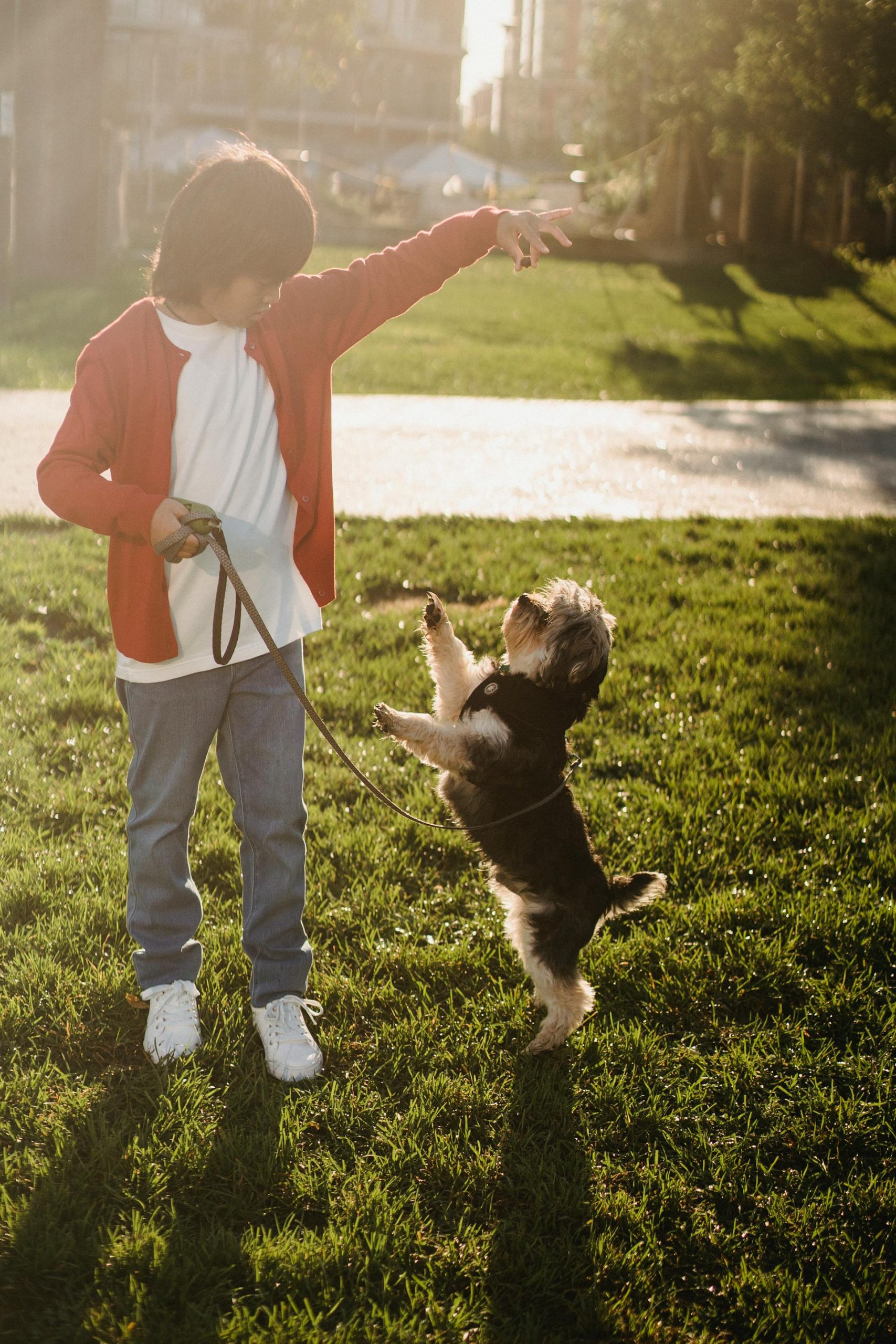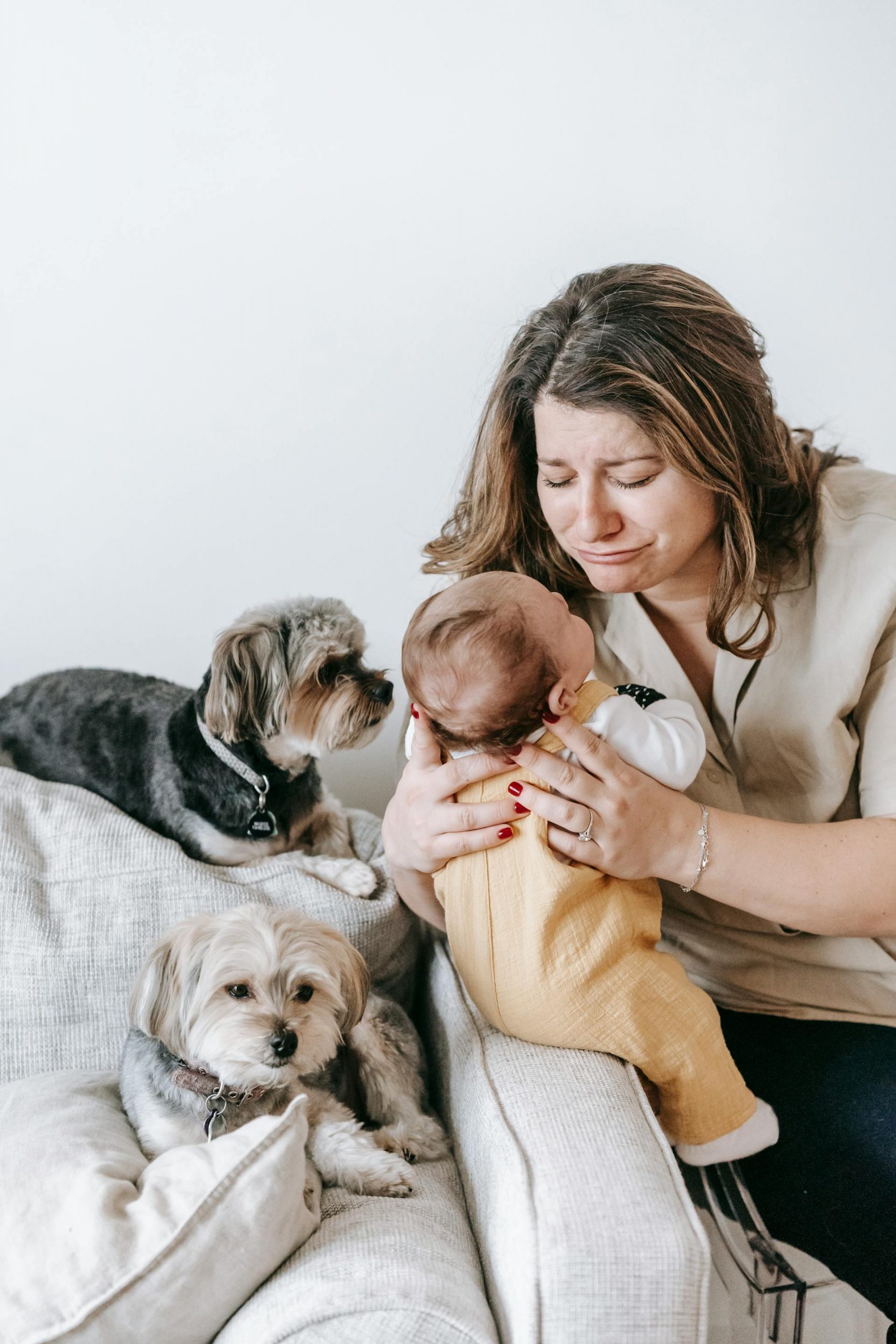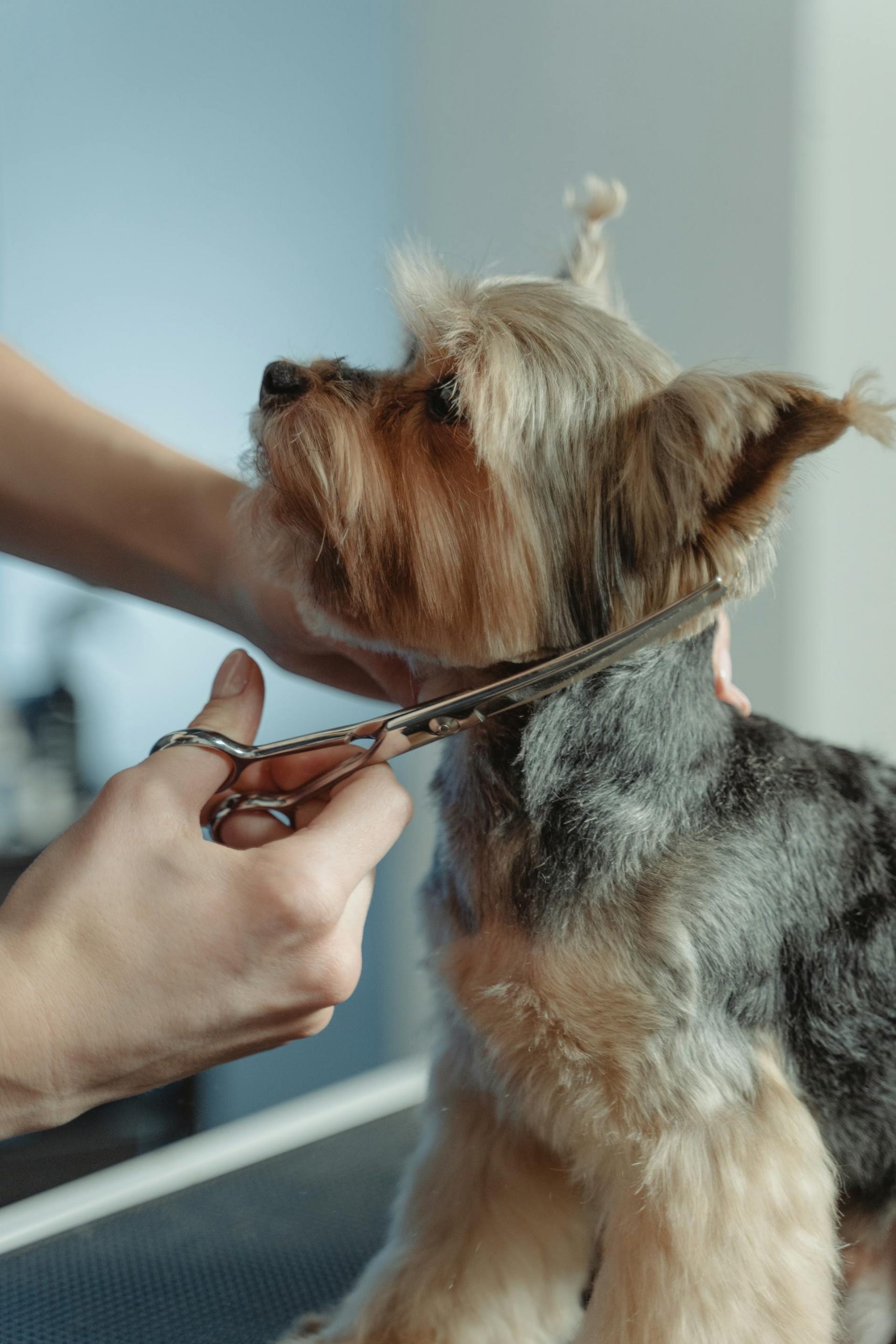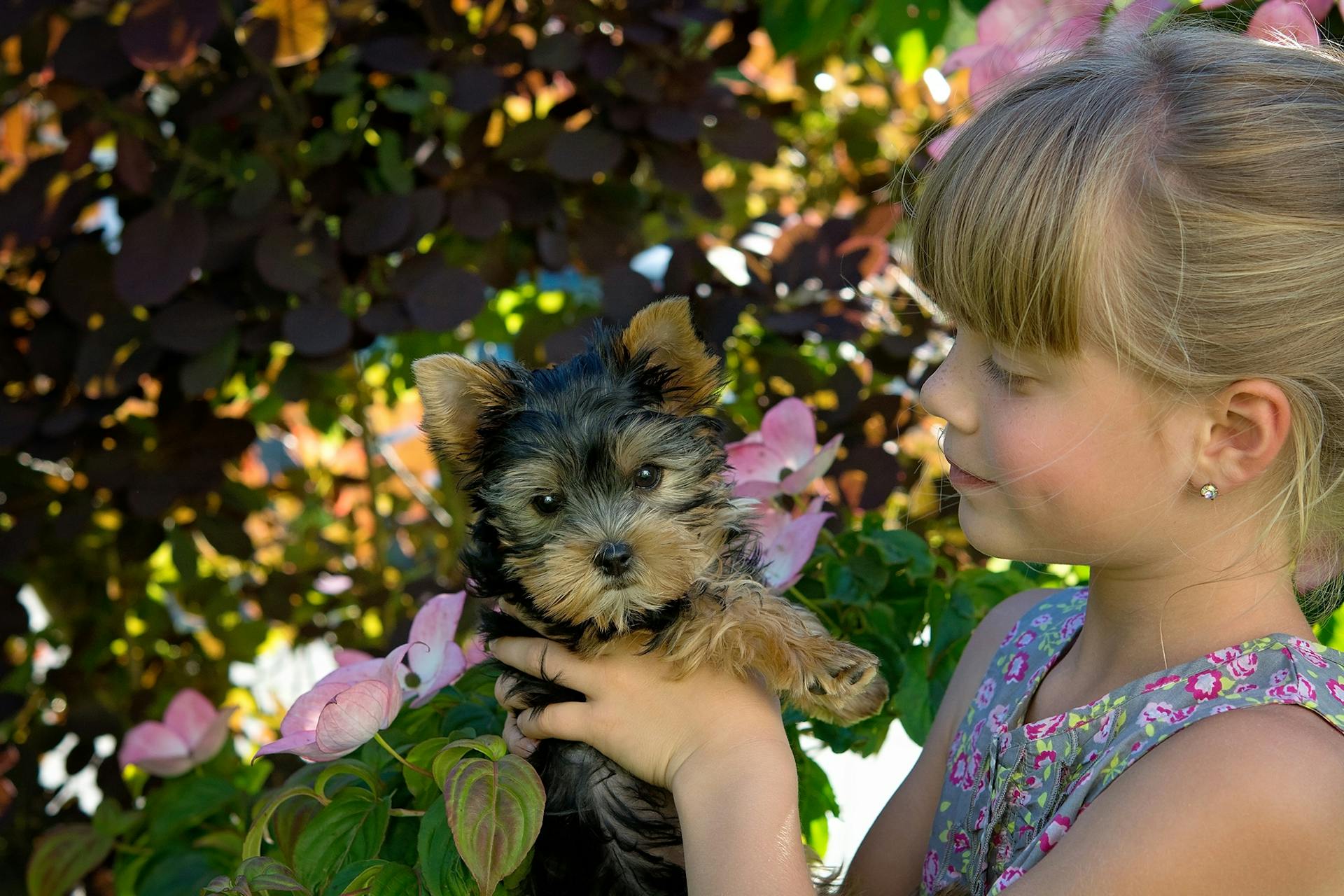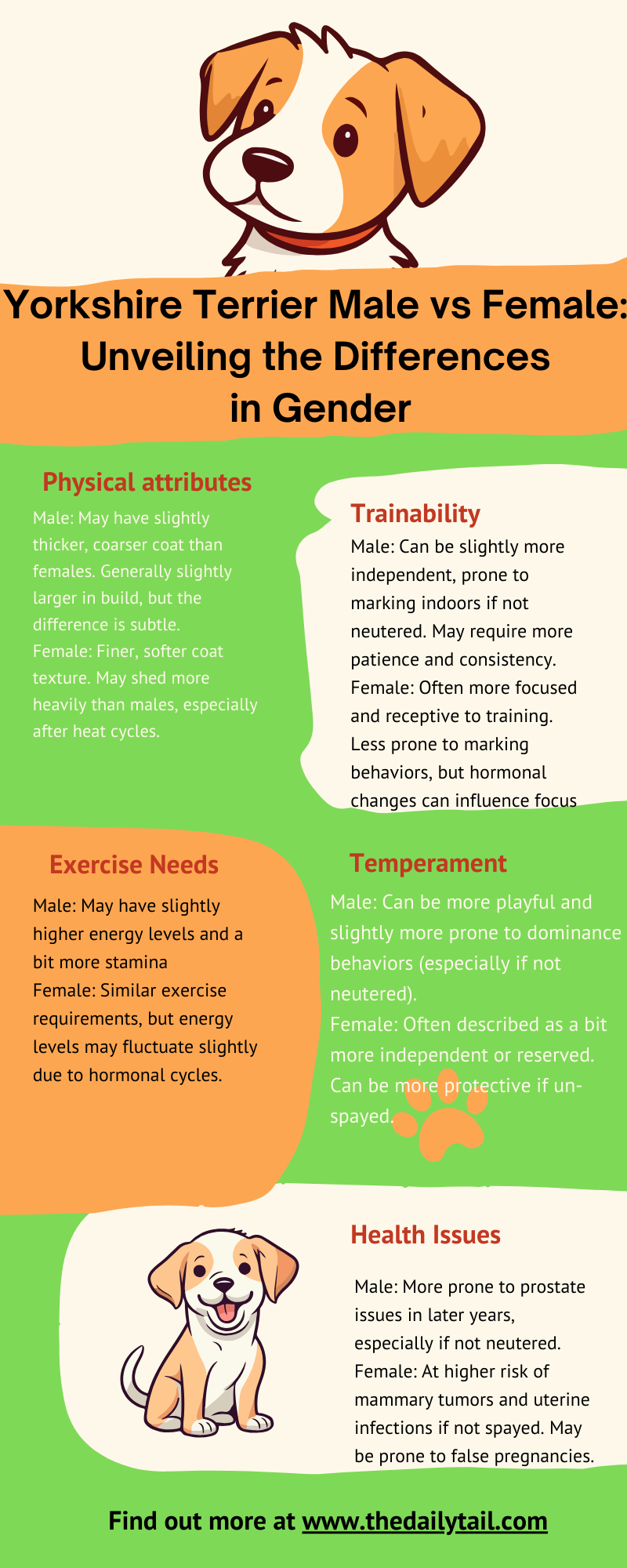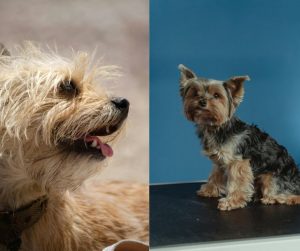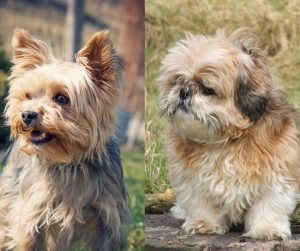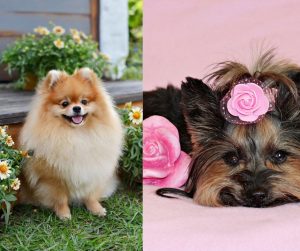When considering adding a Yorkshire Terrier to the family, one of the first decisions to make is whether to opt for a male or female. Known affectionately as ‘Yorkies’, these small dogs carry a big personality, wrapped in a tiny, silky-coated package. The gender of a Yorkie can play a subtle role in its future relationship with its owner, potentially influencing its behavior, trainability, and social traits.
Picking a Yorkie’s gender isn’t just about bows or boy-dog names. As an experienced owner, I’ll share the factors that truly matter for your everyday life. I’ve seen my share of dog park drama – let’s talk about how choosing your Yorkie’s gender can minimize (or maximize!) the chaos.
Although both genders come with their unique set of characteristics, it’s essential to understand that individual personality can vary widely within a breed.
Male Yorkies are often seen as being more affectionate, playful, and outgoing, whereas female Yorkies might present themselves as somewhat more independent and easier to train. However, these differences are not strict rules and often overlap.
When it comes to maintenance, there are certain considerations to take into account.
Female Yorkies may require more attention during heat cycles unless spayed, while males tend to have a stable year-round temperament, provided they are neutered.
For families or individuals, it’s important to consider the dynamic that each gender may bring into the home environment, where factors such as size, behavioral tendencies, and interactions with children or other pets are worth pondering. So, let’s take a look at the Yorkshire Terrier male vs female differences.
Key Takeaways
- Individual Yorkie personalities may vary despite general gender traits
- Males and females can differ in playfulness, independence, and trainability
- Choosing the right gender depends on considerations of behavior, maintenance, and family dynamics
Basic Characteristics
When you’re deciding between a male and female Yorkshire Terrier dog breed, the basic characteristics such as physical differences and their unique temperaments and personalities play a crucial role. These pint-sized pups may look similar at first glance, but a closer look reveals subtle variations that could sway your decision. The breed standard is set by the American Kennel Club.
Physical Differences
Male Yorkshire Terrier:
- Height: Approximately 8-9 inches
- Weight: Tends to be around 5-7 pounds
Female Yorkshire Terrier:
- Height: Slightly smaller at about 7-8 inches
- Weight: Generally weighs in at 4-6 pounds
Temperament and Personality
Male Yorkshire Terrier:
- Known for being playful and social, males often enjoy being the center of attention and can display a vibrant energy that is infectious
Female Yorkshire Terrier:
- Female Yorkies are said to be easier to train and can exhibit an independent streak. Despite their fierce independence, they are also known to be affectionate with their human companions
Health and Lifespan
When considering a Yorkshire Terrier as a pet, it’s important to understand their health and how long they can be a part of your family. Yorkies typically enjoy a lifespan of 12 to 15 years, with females generally living about 1.5 years longer than males. Their well-being is influenced by various factors, including genetics and the level of care they receive.
Common Health Issues
Yorkshire Terrier dogs, despite their small size and adorable appearance, can face several health challenges. Here’s a list of conditions often encountered by these canines:
- Cataracts: This condition can cause cloudiness in the eye’s lens, potentially leading to vision loss if untreated
- Hypoglycemia: Especially in puppies, low blood sugar can occur and present symptoms such as weakness or seizures
- Legg-Calvé-Perthes Disease: This involves the degeneration of the head of the femur bone in the hip joint, leading to arthritis or lameness
Moreover, don’t forget dental issues—they have a tendency for dental problems due to their small mouths and overcrowded teeth. Regular dental care is crucial.
Preventative Care
Let’s talk about how to keep our Yorkies thriving:
- Regular Vet Checkups: Routine visits to the veterinarian can catch and manage health issues early
- Spaying/Neutering: Not only does this help prevent unwanted litters, it also offers health benefits like a reduced risk of certain cancers
- Diet and Exercise: Keep them moving and maintain a balanced diet—it’s fundamental for avoiding obesity, which is a gateway to numerous health concerns
Behavioral Traits
When comparing male and female Yorkshire Terriers, understanding their distinct behavioral traits can be critical in determining which may be the right fit for a family or individual.
Social Characteristics
Male Yorkshire Terriers are known for their sociable nature. They thrive on attention and are often quick to show affection to both their owners and strangers. This playful behavior makes them quite endearing, but it can sometimes lead to challenges with dominance and territorial behaviors, including marking their space.
Conversely, female Yorkies tend to exhibit a more independent streak. While they are loyal and protective of their owners, they don’t always seek constant attention. They can be affectionate but often on their own terms. In social settings, females may be less prone to mood swings and may exhibit less aggressive territorial marking than their male counterparts.
Training Challenges
Training a Yorkshire Terrier demands patience, as both males and females can have stubborn tendencies.
However, female Yorkies generally have better trainability. They often focus better during training sessions and can pick up commands with more ease, partly due to their independent nature.
Male Yorkies, while equally intelligent, may require more consistent and repetitive training. Their playful disposition can lead to shorter attention spans during training. To combat this, it’s advisable to keep training sessions engaging and full of praise to hold their interest. Both genders can show a protective and loyal nature, making early socialization and training imperative to prevent overly territorial behaviors.
Socialization and Families
When considering a Yorkshire Terrier for a family pet, one should think about how well these dogs interact with children and adapt to various lifestyles.
Interaction with Children and Other Pets
Yorkshire Terriers, or Yorkies as they’re affectionately known, can be remarkably loving and loyal friends. In families, they typically show a protective nature, which makes them vigilant watchdogs.
Male Yorkies tend to be especially playful and social, making them a hit with kids who enjoy an interactive pet. However, it’s important to supervise playtime to ensure the safety of both the child and the dog due to the Yorkie’s small size.
On the other hand, females may experience mood swings or be more cautious around boisterous children, but they’re equally loving when handled gently.
Both the males and females often socialize well with other pets, including cats, though an early introduction is key to fostering these relationships. Here are some points to consider:
- Male Yorkies:
- Extremely playful and active
- Can be more open to rougher play
- Female Yorkies:
- Require gently handled interactions
- Can be independent but affectionate
Adaptability to Lifestyles
Yorkies are adaptable and can fit into different types of household environments, whether it’s a bustling family dynamic or a more laid-back, single-person household. They’re small enough to manage in apartments and are content with short walks and indoor play. Here’s how they might react to various lifestyles:
- Busy Families: Yorkies can keep up with an active family lifestyle, and they absolutely love being involved in family activities. A well-socialized Yorkie, regardless of gender, can become an integral part of one’s daily routines
- Laid-back Households: For those who enjoy a quieter life, the female Yorkie may be a better match due to her independent nature. Yet, both males and females can adapt to peaceful environments so long as they receive enough attention and care
Grooming and Maintenance
When it comes to ensuring a Yorkshire Terrier puppy’s wellbeing, grooming and maintenance are like the two sides of a coin – both essential and complementary. These small-sized companions require regular care to keep their coats shiny and health at its peak.
Coat Care
The hallmark of the Yorkshire Terrier dog breed is its long, silky coat. Frequent brushing is key; it’s recommended to use a metal comb to gently work through the fur, preventing tangles and matting.
While female Yorkies might have a slightly lesser tendency for a chaotic coat due to their marginally smaller size, both males and females need their owners to stay on top of coat care. Their diet also influences the condition of their coat, so providing them with high-quality food enriched with the right nutrients can help maintain their stunning sheen.
- Brushing Frequency: At least a few times a week
- Bathing: Once a month or as needed
- Diet Tip: Omega fatty acids can help enhance coat health
Exercise and Activity Levels
Yorkshire Terriers, regardless of gender, possess a sprightly spirit and a zest for life that needs to be matched with regular exercise and playtime.
These pups might not need extensive exercise routines but do require daily moments of activity to keep them fit and prevent boredom. Structuring short bursts of indoor games or a brisk walk can suffice for their small frames.
Keeping them engaged with toys and interactive play will cater to their playful nature and offer much-needed mental stimulation.
Breeding and Reproductive Health
Breeding Yorkshire Terriers, or Yorkies as they are affectionately known, requires an attentive eye to their distinct reproductive health needs. Both male and female dogs have specific care requirements during the breeding process.
Heat Cycles and Mating
Female Yorkies typically experience their first heat cycle between the ages of 6 months and a year, signaling they are nearing reproductive maturity.
Breeders should note that a female should not be mated during her first heat to ensure her health and well-being.
Heat cycles occur roughly every six months and are the prime time for breeding.
During this period, females exhibit signs like swelling of the vulva and light bleeding, which indicate they are receptive to a male.
A responsible breeder will ensure that the female is at an optimal age, typically after 2 years, and in good health before breeding.
Considerations for Breeders
Before mating takes place, breeders must assess both the male and female Yorkie puppy for health, temperament, and conformity to breed standards.
Males should be over a year old to ensure viable sperm, while females should have reached full maturity—both physically and mentally—at around 2 years of age.
Neutering or spaying of Yorkies that are not fit for breeding is crucial to prevent unwanted litters and health issues.
Additionally, breeders should be prepared for the nesting instincts of a female dog, which can arise when she is ready to whelp.
Establishing a quiet, comfortable area for birth is key for her and the puppies’ health.
It’s essential for breeders to be informed about these aspects to maintain the integrity and health of the breed.
Choosing a Male or Female Yorkie
When deciding between a male or female Yorkshire Terrier, a potential owner should weigh gender-specific traits and how they align with their personal preferences for a companion. Nowadays, potential dog owners can also choose a Yorkie mix. But that is a whole different story.
Gender-Specific Considerations
Male Yorkies are often characterized by their playful and sociable nature. They typically enjoy interaction and can be very affectionate with family members.
Males may also be larger, ranging between 5 and 7 pounds, and sometimes engage in marking behaviors more frequently than females. This can be attributed to their instinct to claim territory.
On the other hand, female Yorkies tend to be seen as easier to train and may exhibit a more independent disposition.
Females can be just as affectionate as their male counterparts but might carry an air of aloofness. They usually weigh between 4 and 6 pounds and can be a bit smaller in stature compared to males.
- Size:
- Males: 5-7 pounds, 6-7 inches tall at the shoulder
- Females: 4-6 pounds, 5-6 inches tall at the shoulder
Making a Personal Choice
Choosing between Yorkshire terrier male vs female puppy really boils down to personal preference.
If someone is after a lively buddy to brighten up their days, a male Yorkie might be the right choice. They tend to have an enthusiastic energy and a playful demeanor that can keep their owners entertained.
However, if independence and perhaps a more manageable training experience are high on the priority list, they might lean towards a female Yorkie.
Female Yorkies often bring a sense of calm to the household and might suit an owner looking for a less demanding furry friend.
The decision between a male or female Yorkie involves reflection on what traits would best complement their lifestyle and interactions with the dog.
Understanding these gender-specific traits can guide them, but ultimately, the connection they feel with the Yorkshire Terrier, be it male or female, is what will truly define their relationship.

